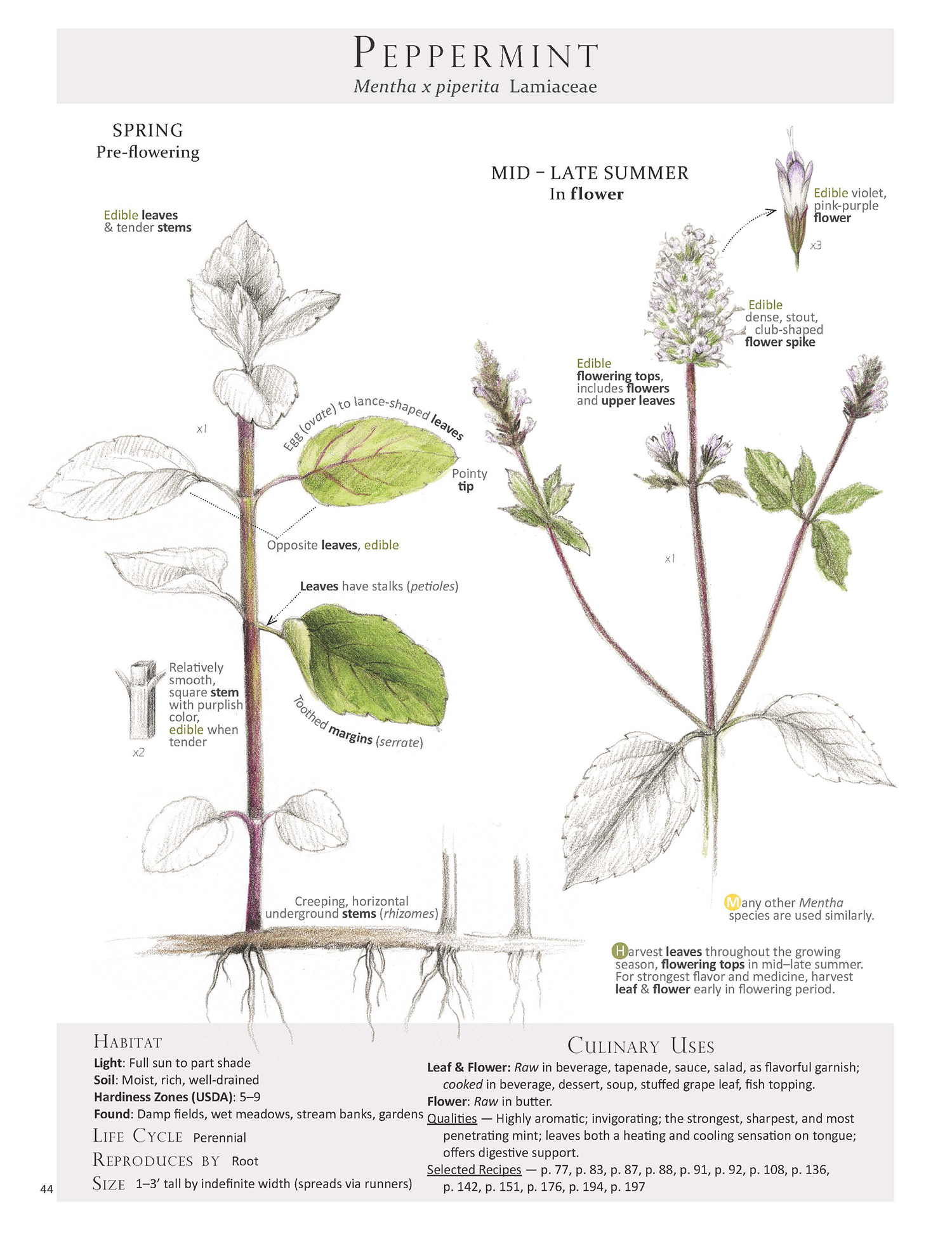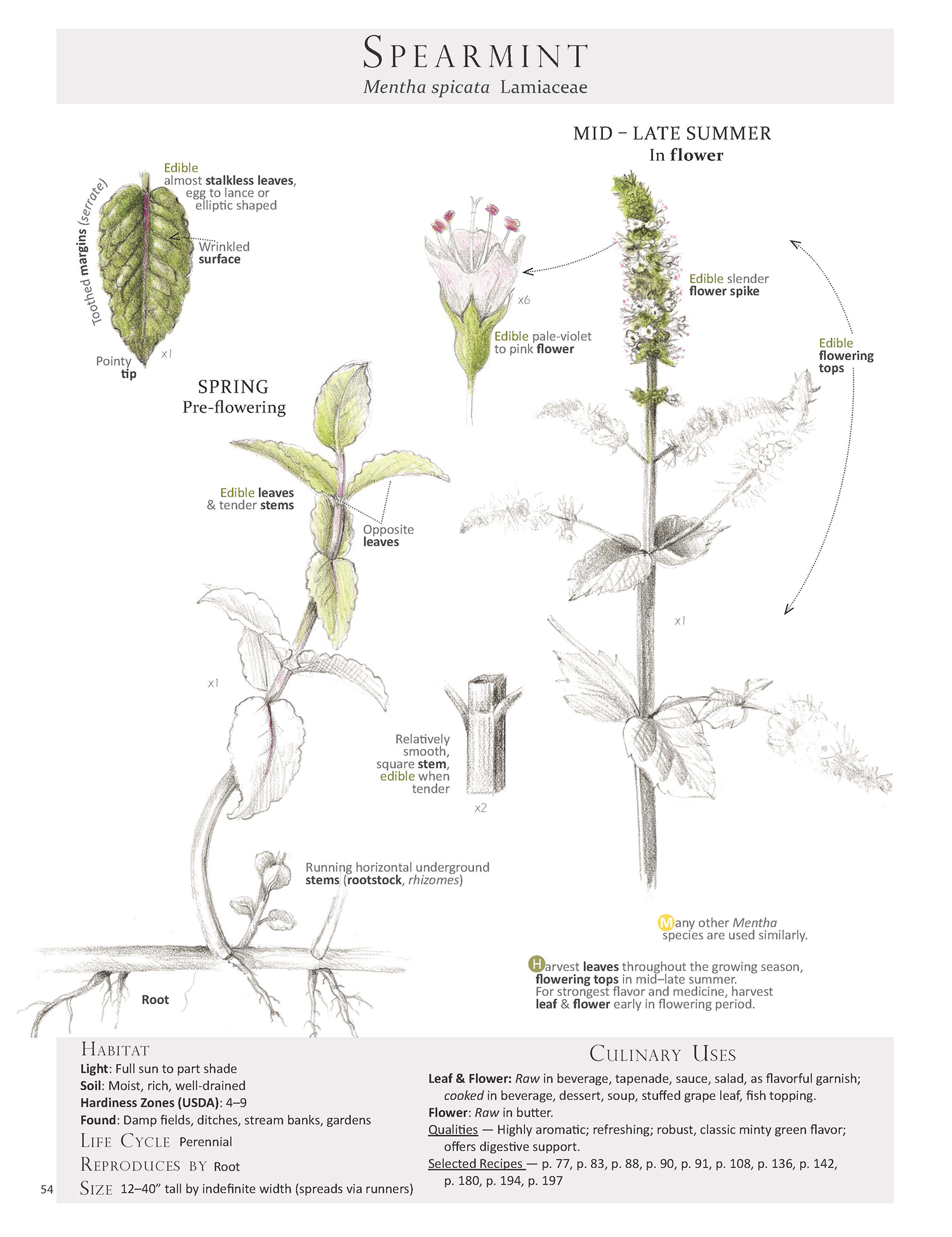Thankfully, there are so many herbs to help us stay well and to support us when we are sick. An abundance of herbs comes to mind that supports our immune systems: all the “spaghetti sauce herbs”—oregano, thyme, marjoram, and basil, and their wild native American cousin: wild bergamot (Monarda fistulosa); the alliums: field garlic (Allium vineale), garlic, onion, Egyptian onion, chive, leeks, etc. And then there is lemon balm (Melissa officinalis), a nice, tasty, relaxing, anti-viral herb. Elder, echinacea, boneset, yarrow, spilanthes, and elecampane are quite helpful, supporting us as move through illnesses. Keep in mind that by supporting the liver, kidneys, lymph, and digestion, we support our health. So bring on the liver supportive herbs: hello dandelion and burdock! Nettle, who so deeply nourishes, also supports these central systems. Grateful to all of this herbal support!
PS: To promote health, a nutrient rich, blood sugar stable diet is key, along with plenty of rest, and a good dose of outdoor activity, especially in nature. Then there is gratitude, the practice of being grateful. So many more thoughts come to mind but for now this will do.
What are you doing to support your health? Do tell!
Please note: this sharing is not intended to be used as medical advice.
Botanical illustrations from our book Foraging & Feasting: A Field Guide and Wild Food Cookbook by Dina Falconi, illustrated by Wendy Hollender ~ Click link in our profile for more about our book or here: http://bit.ly/1Auh44Q















